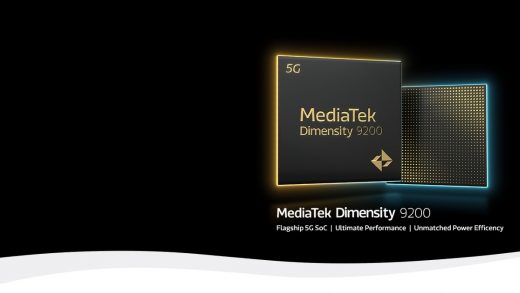
Apple Vision Pro was unveiled by Apple at its annual Worldwide Developers Conference as the first mixed reality headset from the company. During the keynote event, Apple announced that the new headset sports two high-resolution micro-OLED displays housed in a curved aluminium and glass body. While the company hadn’t revealed detailed specifications, new details about the displays on the Apple Vision Pro emerged during one of Apple’s WWDC 2023 sessions. The headset will be available in the US in early 2024, according to the company.
During a developer session on optimising app power and performance for visionOS, the company revealed that the Apple Vision Pro display refreshes at 90 frames a second. This means that the new headset has a refresh rate of 90Hz, similar to competitors such as the Meta Quest 2 and HP Reverb G2 — although some VR headsets like the HTC Vive Pro 2 and Valve Index offer much higher 120Hz and 144Hz refresh rates, respectively.
However, it is worth noting that the Apple Vision Pro is equipped with displays that offer a higher resolution than any other VR or mixed reality headset. The company announced during the WWDC 2023 developer session that the headset’s refresh rate can be ramped up when it is performing certain tasks, such as watching a movie at 24fps — as part of Apple’s attempts to reduce jitter.
Earlier this week, Bloomberg’s Mark Gurman estimated that the Zeiss prescription lenses for the Apple Vision Pro would cost “at least” $300 (roughly Rs. 24,700) to $600 (roughly Rs. 49,500) a pair, hinting at a higher price tag for the company’s headset for customers who wear spectacles. Pricing for the Apple Vision Pro is set at $3,499 (roughly Rs. 2,88,600).
The recently unveiled Apple Vision Pro is equipped with two high-resolution micro-OLED displays that are part of an aluminium and glass body with a fabric headband and strap. These displays are callable of visualising a large 100-foot “virtual” display, according to Apple. The headset is powered by an external battery pack that can be slipped into a wearer’s pocket, according to Apple.



